For many Corgi owners, the sight of those stubby legs carrying an energetic little body is a daily dose of joy. However, what often goes unnoticed is the hidden vulnerability in this breed’s structure—their hips. The Pembroke and Cardigan Corgi, despite their differences, share a common challenge: maintaining healthy hip joints. Unlike larger breeds, their compact bodies don’t exempt them from hip dysplasia or arthritis. In fact, their long spines and short limbs place unique stresses on their hip joints, making proactive care not just beneficial but essential.
The foundation of hip health starts with understanding the Corgi’s biomechanics. Their low-to-the-ground stature means their hips absorb more impact during movement than taller breeds. Every jump off the couch or sprint after a toy transmits force through those joints. Over time, this can lead to wear and tear, especially if the dog is overweight. A study published in the Journal of Veterinary Medicine found that even a 10% reduction in body weight significantly decreased lameness in dogs with hip dysplasia. For Corgis, whose love of food is legendary, portion control isn’t just about avoiding obesity—it’s about preserving mobility.
Nutrition plays a starring role in joint maintenance, but it’s not just about what goes into the bowl—it’s about what’s in it. Glucosamine and chondroitin supplements, often associated with senior dogs, should actually be introduced earlier for Corgis. These compounds are the building blocks of cartilage, and starting them at around age three can help delay degenerative changes. Omega-3 fatty acids, found in fish oil or algae supplements, are another game-changer. Their anti-inflammatory properties don’t just soothe existing joint discomfort; they may actually slow the progression of joint degeneration according to research from Cornell University’s College of Veterinary Medicine.
Exercise is a double-edged sword for Corgi hips. While maintaining muscle tone is crucial for joint support, the wrong kind of activity can accelerate damage. High-impact exercises like repetitive fetching or agility jumps should be moderated. Instead, focus on activities that build the hindquarter muscles without jarring the joints. Swimming is ideal—it provides resistance to strengthen muscles while eliminating impact. For land-based exercise, controlled leash walks on soft surfaces like grass or dirt trails are far better than pavement pounding. A 2022 study in Canine Sports Medicine Reports highlighted that Corgis engaged in regular, low-impact exercise showed 40% fewer radiographic signs of hip arthritis by age eight compared to their more sedentary counterparts.
Environmental modifications at home can make a surprising difference. Hardwood floors may showcase those adorable Corgi runs, but they’re a slipping hazard that forces unnatural stabilization from the hip joints. Strategically placed area rugs or nonslip mats create safer pathways. Ramps should replace stairs for furniture access—teaching a Corgi to avoid leaping down from beds or sofas removes hundreds of microtraumas to their joints over time. Even something as simple as raising food bowls to shoulder height reduces spinal compression during meals, indirectly benefiting hip alignment.
Veterinary partnerships are critical for proactive hip care. Unlike humans, dogs instinctively hide pain, so waiting for limping to appear means the problem is already advanced. Annual hip assessments, including palpation tests and gait analysis, should begin by age two. For breeders or owners of young Corgis, PennHIP or OFA screening provides baseline data on joint laxity—the primary predictor of future dysplasia. Newer diagnostic tools like force plate analysis can detect subtle weight distribution changes long before clinical signs emerge. When caught early, interventions like physical therapy or hydrotherapy can dramatically alter the disease trajectory.
The emotional aspect of hip care is often overlooked. Corgis are working dogs at heart, bred to herd cattle all day. When joint issues limit their activity, they don’t just experience physical discomfort—they suffer mentally from unspent energy. Puzzle feeders, scent work, and trick training provide mental stimulation on restricted-mobility days. This psychological component is vital; a study in Applied Animal Behavior Science found that dogs with chronic pain who received both physical rehabilitation and cognitive enrichment showed significantly better recovery outcomes than those treated with physical therapy alone.
Emerging technologies are reshaping Corgi hip care. Cold laser therapy, once limited to specialty clinics, is now available in portable home devices. These low-level lasers reduce inflammation at the cellular level without medications. Similarly, regenerative therapies like PRP (platelet-rich plasma) injections are showing promise for early-stage arthritis. Perhaps most exciting is the development of breed-specific joint supplements—formulations that account for the Corgi’s unique metabolism and body composition are expected to hit the market within the next two years, according to veterinary nutritionists at the University of California, Davis.
Ultimately, preserving a Corgi’s hip health isn’t about a single miracle solution—it’s about layering multiple protective strategies throughout their life. From mindful nutrition to tailored exercise, from home adaptations to advanced veterinary care, each element contributes to keeping those characteristic wiggly walks intact. The payoff goes beyond physical health; it’s in the uninterrupted joy of watching a Corgi do what they do best: being the big-dog personality in a compact, endlessly entertaining package. Their hips may be their weak spot, but with informed care, they don’t have to be a limiting factor in a long, vibrant life.
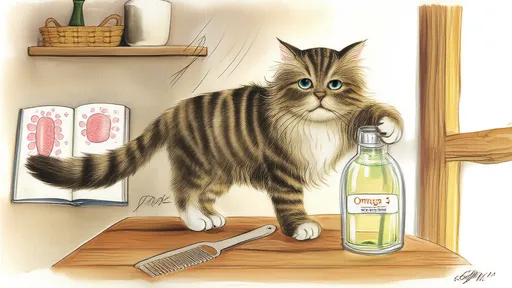
By /Jun 28, 2025
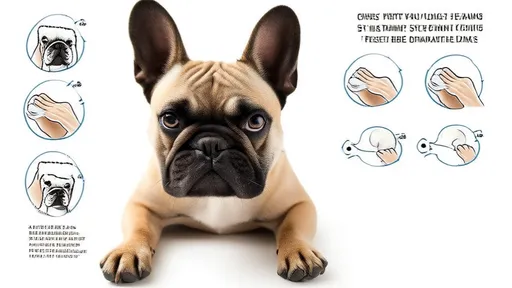
By /Jun 28, 2025
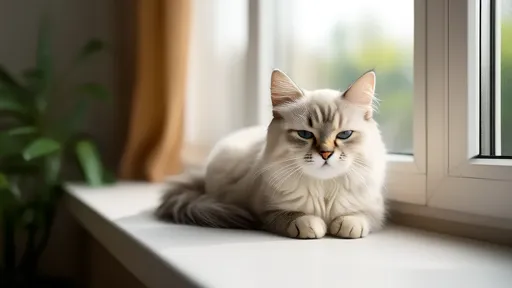
By /Jun 28, 2025
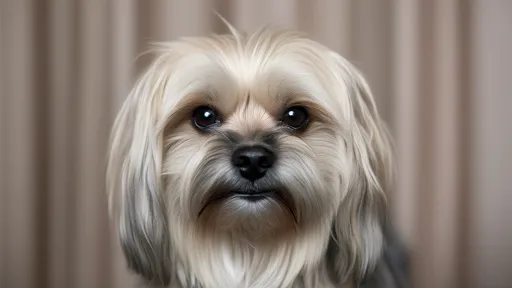
By /Jun 28, 2025
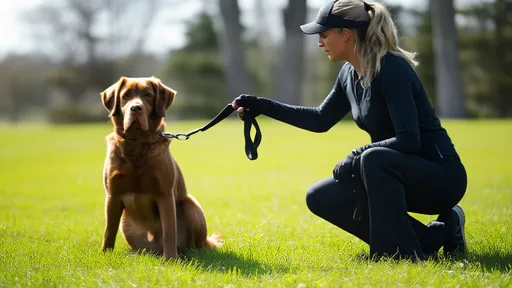
By /Jun 28, 2025

By /Jun 28, 2025
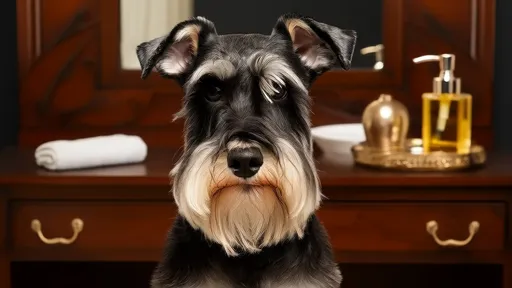
By /Jun 28, 2025

By /Jun 28, 2025
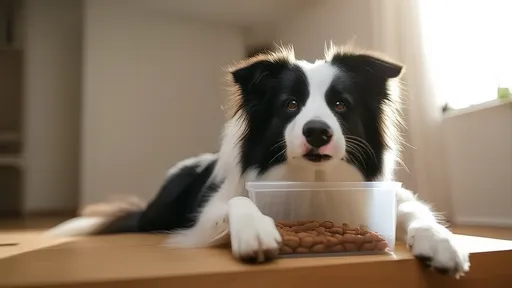
By /Jun 28, 2025

By /Jun 28, 2025
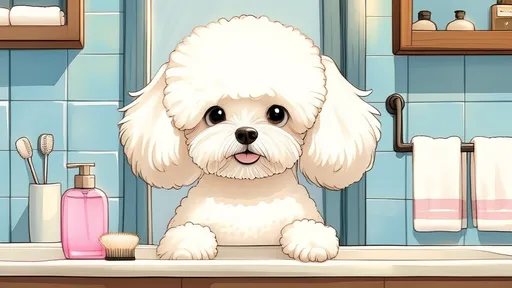
By /Jun 28, 2025
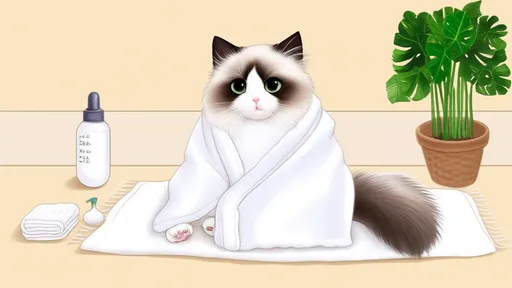
By /Jun 28, 2025
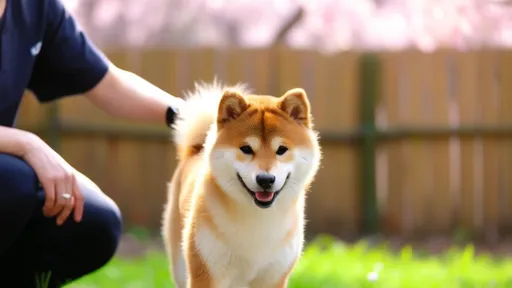
By /Jun 28, 2025
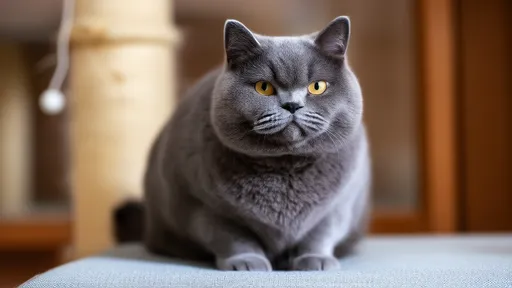
By /Jun 28, 2025
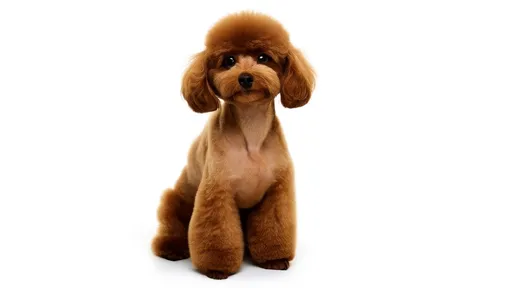
By /Jun 28, 2025

By /Jun 28, 2025
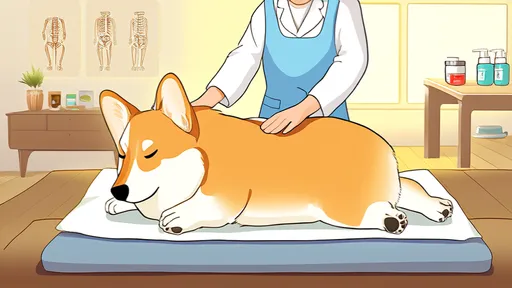
By /Jun 28, 2025
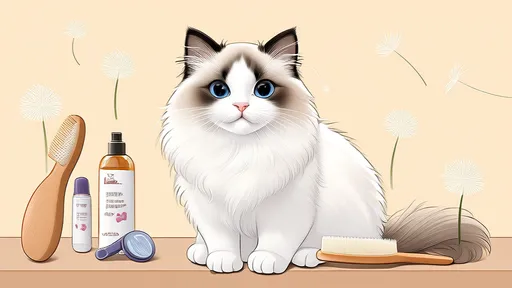
By /Jun 28, 2025